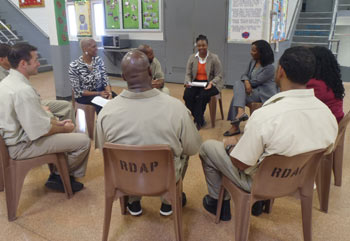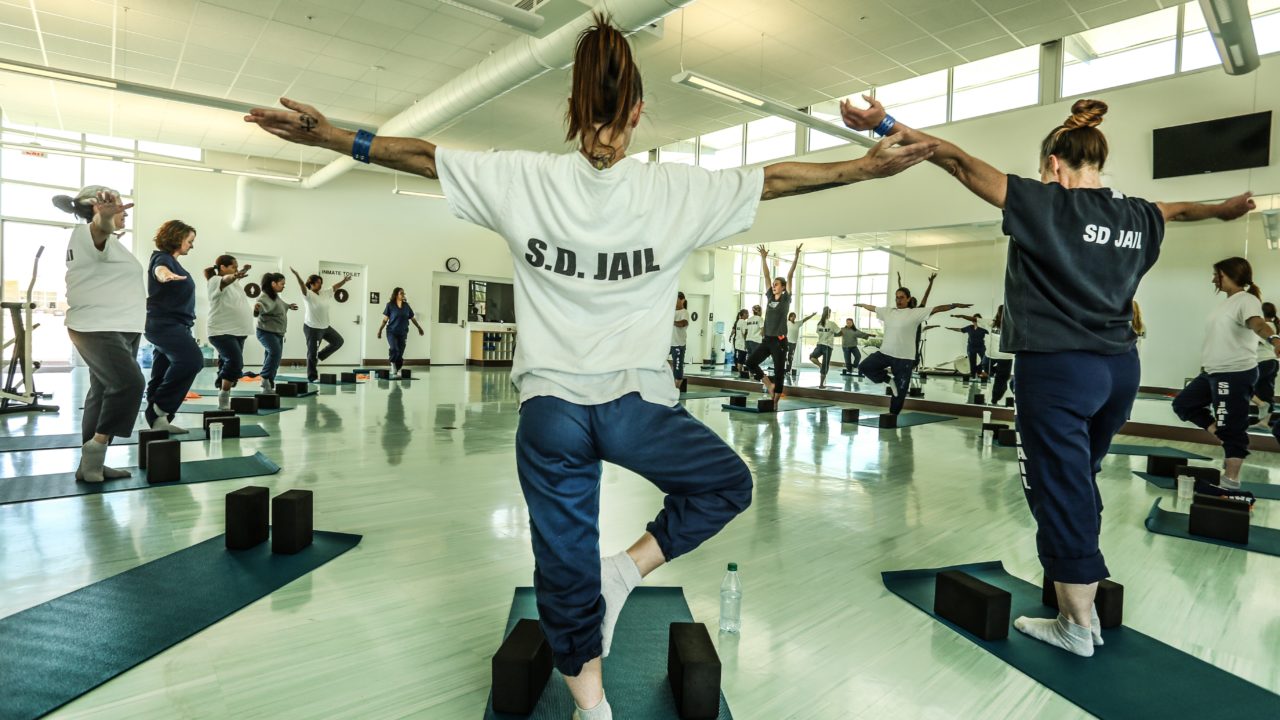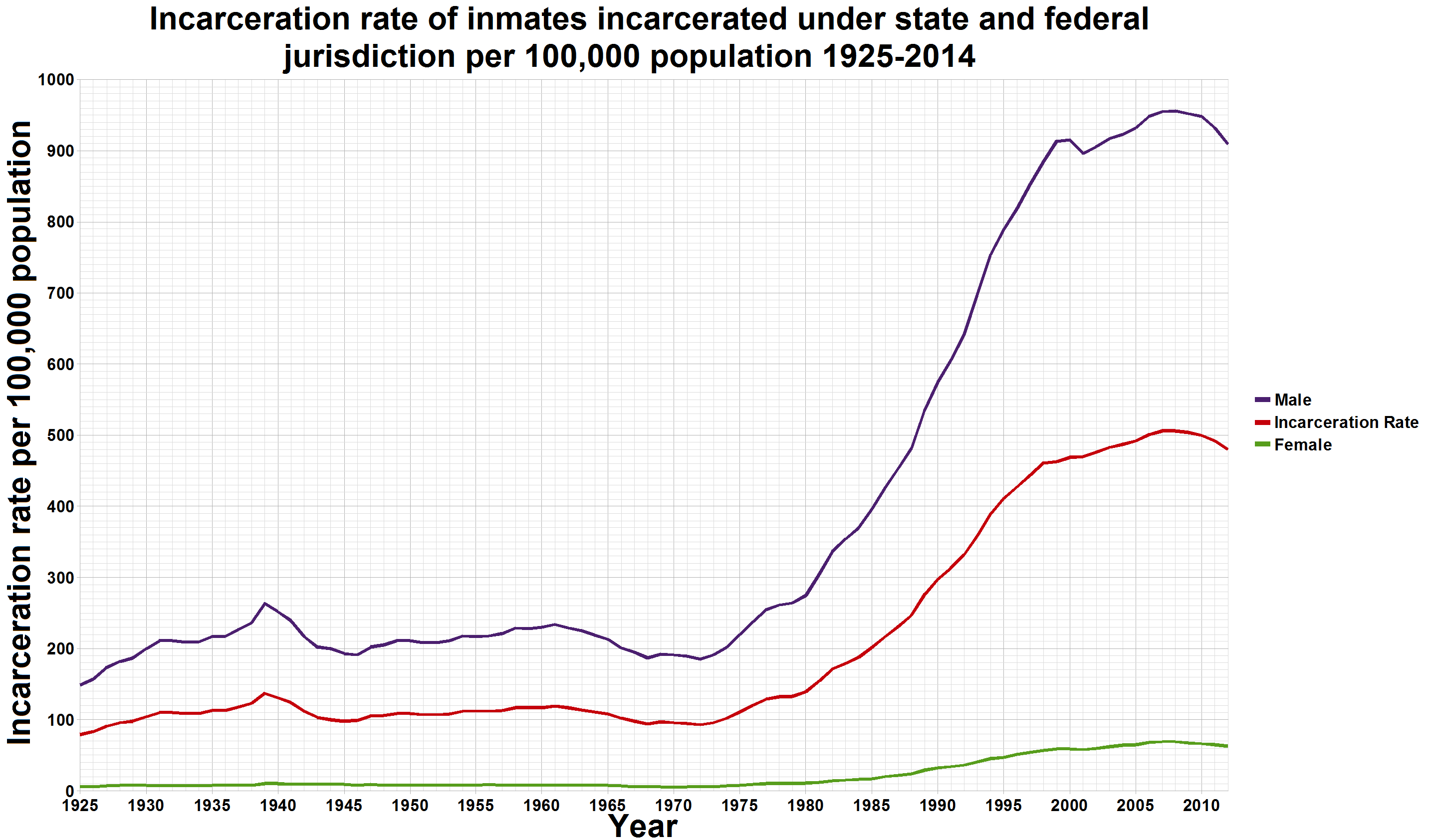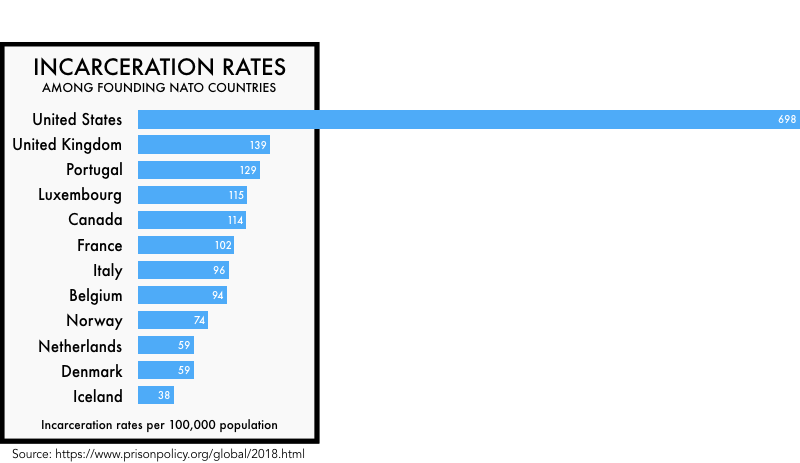During class we discussed numerous different correctional theories. Now some were better then others, in my personal opinion. The ones that stuck out to me in a bad way were deterrence and retribution. Deterrence uses scare tactics.

Growing up, I quickly learned I did not like this. I saw numerous friends parents' scaring them and setting hard, strict rules. My friends rebelled and did anything they could not to listen. Using scare tactics for inmates to try to prevent them from returning, is very similar to this. If you force them to do one thing, as humans, we are going to want to try the other thing. Aside from this insider knowledge, what we learned in class is if you do not equip a criminal with the right tools before leaving prison, they are going to return because they do not know any other way, no matter how scared or how bad they do not want to return to prison. Retribution is just pointless.











Punishing to punish does nothing for the criminal, the victim or even society. Although some victims may want to just punish their attacker, we really have no data on this because victims do not play a key role in sentencing. Most criminals return back into society, almost 95% according to data learned in class. When we are punishing all criminals, criminals learn nothing in prison and society gains nothing for when they return back into the community.
The theories that caught my eye were rehabilitation and incapacitation. Restorative justice is still growing on me but I like the idea of it and I need to train my mind to allow it become something. Rehabilitation has numerous positive data backing it up. Like I stated before, rehabilitation gives criminals something beneficial after they leave prison. This allows them to go back into the community and grow into something better rather than cycling through the system because they have no other option to do so.

Rehabilitation solves a few root causes of crime and allows the criminal to break the through their walls to get at why they commit crime; whether that be structural impediments, family issues, the list can go on and on.

Incapacitation locks the criminals up away from the community, which is needed for some offenders. Though I do believe criminals can change and want a better life given the chance, some do crime just to do crime. These people have no remorse and need to be lock away. There is few of these people so would not need the mass amount of prisons that we have today. Restorative justice is something that was new to me during this class. It is an interesting idea that includes mainly the victims and the criminals.


This is the idea that the criminals regret their crime and this allows them to ask for forgiveness from the victims. There is a series of sessions where people from the community are involved, family of both the victim and the criminal, the victim, and the offender all gather and discuss. The victim then is open to forgive the offender. (I am hoping a got this basic, general definition right, because like I said this is still a new theory to me)
In a perfect world, I would love to tie all three of these ideas together and trash our current correction system. It would first start with a hearing where the crime is addressed. The victims would play a bigger role (if they so choose) during this process, just like in restorative justice. The judge, jury (if needed), and victim would come to an agreement on a sentence. There would also be an evaluation of the offender with a psychiatrist. The psychiatrist would determine if the offender actually does have the capabilities of remorse or has any under lying mental illness(es). With the sentence there would be a few different options. One option would be if the crime was very small and little to no damage was done to the victim, then restorative justice would be a good choice. Another option would be if the crime was a little bit more severe but still nonviolent or was found remorseful, then the offender would do a small amount of time in prison (up to three(ish) years) during this time they would have the opportunity to accept a form of rehabilitation or go through a series of educational classes. This would include some training of some sort within a certain career field, obtaining a GED, or taking introductory level college courses.



The rehabilitation side could be along the lines of what we say in class, working with animals, theater, dancing, but could also include time with a therapist or group sessions lead with a therapist.


The last option for sentencing would be a larger amount of time in prison or life in prison. This would include repeat nonviolent offenders, serial violent criminals, or criminals that are violent and show no remorse. These criminals still would have the option for rehabilitation but restricted and away from the other nonviolent criminals. This means that they do not have all the options for rehabilitation as the other nonviolent criminals would that are serving less time. If during this time, because I do still believe people can change and are allowed to and encouraged to change throughout their life, the criminal is to show to have some remorse/want to change for the right reasons, there can be steps made to get them into less restricted rehabilitation classes and get them onto the right path before they leave prison.
Since a majority of criminals have no other choice to commit crime, I seek to return criminals back into society with new tools they can use to now better their lives and their families. Through rehabilitation this can be done. Through restorative justice, amends can be made and discussion can be held within the community. restorative justice as allows the victim to play a key role in the sentencing process. Incapacitation allows for the use of prison, but with the other two theories the public is not dependent on these prisons to house large amounts of criminals. I want to end mass incarceration and allow offenders to go back into society quicker for nonviolent crimes while still getting them help or allowing them to ask for help. This would help the public not only in safety but as well as financially because we would be spending less money on keeping large amounts of prisons running. This money would then go to programs to help the offenders. This would not be nearly as expensive to undergo because most people only need to go through these programs the first time they are convicted of there crime. The hope is to lower the cycle of returning to prison and lower the cycle of continuing to commit crime after receiving these programs.


This is fantastic! Great connections to your personal experiences. The visuals help the reader to see what your system would look like. Your justification makes sense in relation to the intended purposes. Yes, you defined RJ correctly. You are adapting RJ to work in your system, but remember, true RJ would not use prisons.
ReplyDelete